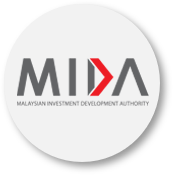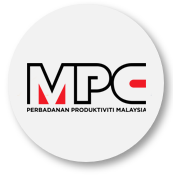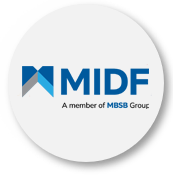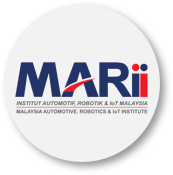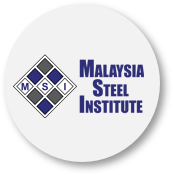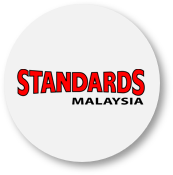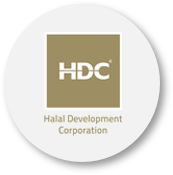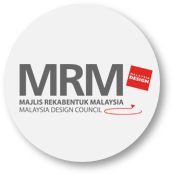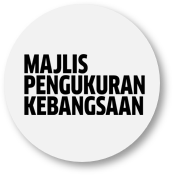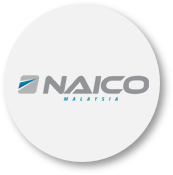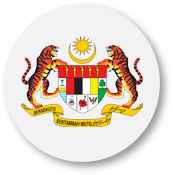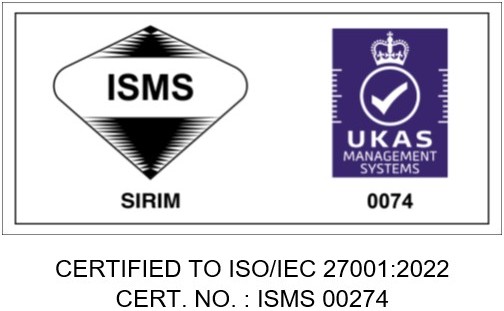IN 2015, under the chairmanship of Malaysia, 10 countries in our part of the world will declare the establishment of the Asean Community. Supported by three pillars – the Economic, Socio-Cultural and Political/Security – Asean is set to become an integrated region whose 620 million-plus population will be afforded the opportunity to become a single market and production base with a deeper sense of shared Asean identity, and a major actor on the global stage.
Or will we?
Let me just address the issue of the Asean Economic Community (AEC), for which the Ministry of International Trade and Industry (MITI) is a key driver. As chairman in 2015, MITI will spearhead the implementation of the AEC initiative.
There is quite a bit of scepticism out there, especially among segments of the private sector, about the AEC. The expectations are high, as they have a right to be. There is much hope, rightly so, but much of this is also clouded by fear and confusion.
Asean is committed to delivering on its promise of the AEC. Those of us who have been involved in the day-to-day work in the trenches, ironing out details, getting consensus among all 10 governments and addressing the key issues are only too aware that the stakes are incredibly high. It’s not just Asean’s credibility that’s on the line, but also the continued prosperity of the region, and that of generations to come.
We are thoroughly cognisant of the fact that the AEC is not just about market liberalisation, removing impediments to regional trade and investment, and cutting red tape. All of these are vital.
However, they are but a means to the larger goal of creating an Asean where incomes and standards of living go up, and inequality shrinks rather than widens, where our talented and hard-working citizens can avail themselves of the opportunities to realise their full economic potential, and where innovation and creativity flourish. In short, the overarching objective of the AEC is to help establish an Asean which enjoys peace and prosperity.
Some of the building blocks necessary to achieving that visionary goal are already in place. Over the past two decades, Asean has been quietly working on removing tariff barriers in the region; more than 95% of those barriers have been removed. Thanks to the Asean Free Trade Agreement, consumers now have wider choice, and the prices of goods and services throughout the region have become more competitive. In terms of aviation, the advent of Low-Cost Carriers has not only reduced the cost of air travel, but has contributed enormously to regional integration. In telecommunications, a relaxation of rules has helped boost cross-border investment, contributing to lower telephony costs.
In 2015, we are committed to ironing out several of the remaining barriers to regional trade. The Prime Minister has publicly declared that Malaysia will not shy away from addressing the sensitive issue of protectionism among Asean member states and will seek to defuse the rising rhetoric of nationalism.
Malaysia will seek to cogently articulate the necessity for Asean members to embrace the regional perspective, to look beyond narrow parochial concerns.
For Malaysia, 2015 is a very important year. As Asean declares itself as a community, we want every Malaysian rich or poor, every company big or small, every sector to be excited about what is in store for us in 2015. For 2015 to be a successful year, we need Malaysians to be involved in the process of a closer Asean integration.
For Asean, this will be a year when we work towards further reducing non-tariff barriers, and work towards a freer flow of services, harmonised standards and procedures. It will be a year when we introduce a robust and inclusive small and medium enterprises agenda to be implemented across Asean.
We will also be looking at some low-hanging fruits like popularising the Asean song, flying the Asean flag, and implementing the Asean travel card, an Asean Lane and travel counters. This month, TalentCorp will be implementing an internship programme involving Malaysian government-linked companies operating in a number of Asean Member States.
But 2015 is not without challenges. We know that there are pressures for more regulation and protectionism. However, there is no backtracking. We have seen and experienced the benefits of closer inter-Asean integration in the form of freer trade flows, more Asean investments, more economic cooperation.
2015 is also the year we will launch an ambitious plan for Asean for the next 10 years. We have to continue our efforts at economic integration. And we want every Malaysian on board because of the enormous potential deeper integration brings.
We must realise that globalisation is here to stay and if we don’t come on board in this journey, we will be left out. Some of the less developed countries of Asean have been very aggressive in opening up their economies in recent years. This journey has got to continue but it will continue in the “Asean Way”.
Some of this will be undertaken in private, in congenial and convivial surroundings. That’s just the “Asean Way” of bringing about change, a modus operandi that has served the region well. So, step by step, MITI and its economic counterparts in Asean will focus on, and address, the issues and concerns regarding regional trade. We have been given our marching orders, and a list of deliverables for which we will be held accountable.
> Datuk Seri Mustapa Mohamed is International Trade and Industry Minister. The views expressed here are entirely his own.
Last Updated 2015-05-14 12:00:02 by admin2







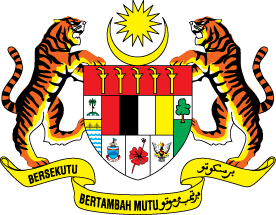





 Home
Home








